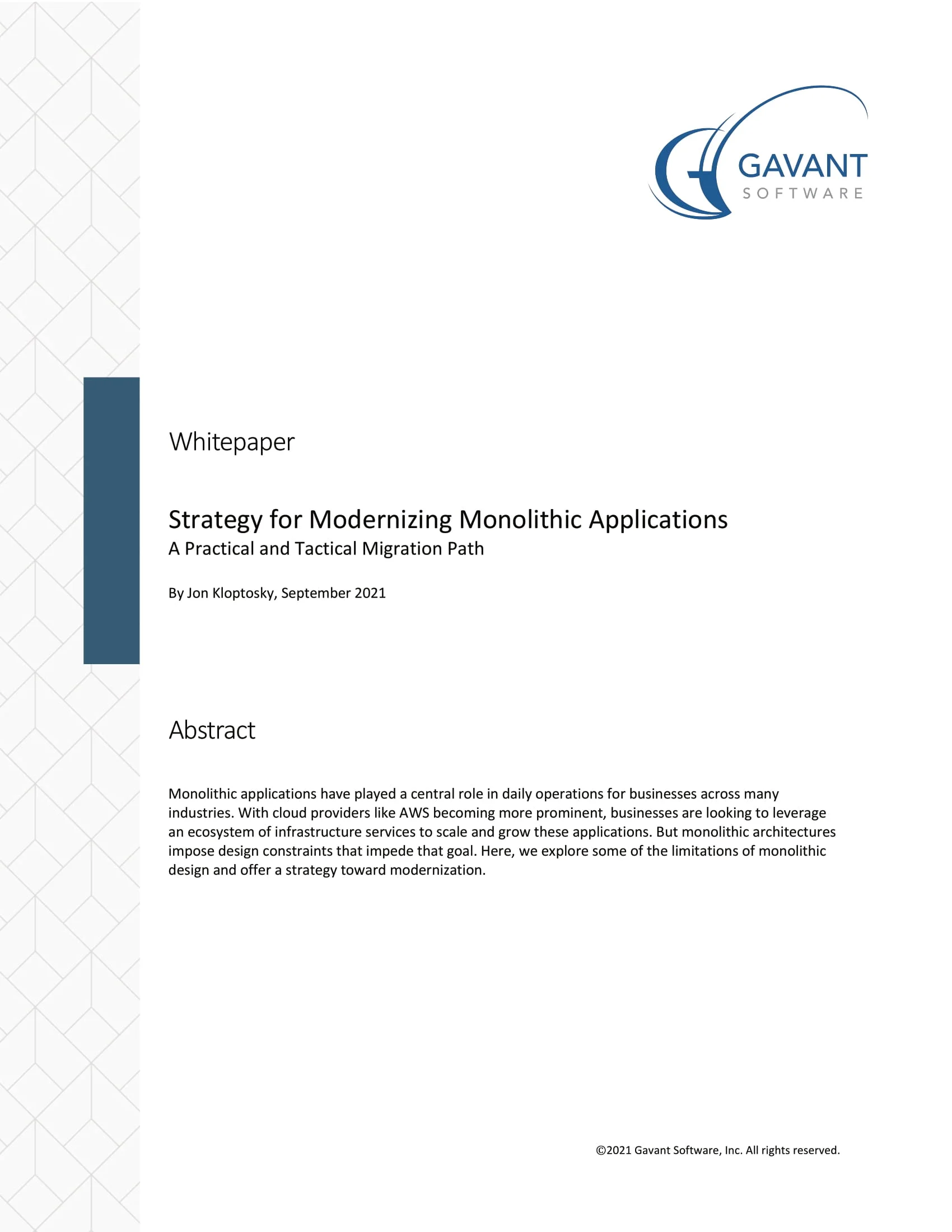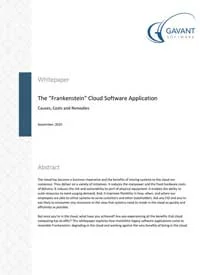Considerations When Hiring Remote Employees
As the pandemic begins to (hopefully) wind down, its impact will linger on. Staffing remote employees has become increasingly popular, and with it has come a new set of challenges in evaluating talent. Beyond evaluating someone’s technical prowess, we now also need to assess how they function in a remote role. Some people thrive in that type of environment and others do not. Finding those that can excel is key. In addition to the remote employee’s performance there are other challenges and benefits to consider.
Benefits
Hiring remote employees has had great benefits, the most obvious being a wider pool of candidates to draw from. Where we previously hired people within a 30-40 minute radius to facilitate reasonable commute to the office, we’re now searching across the country. This has enabled us to build a higher-quality and better-aligned team. It also brings in individuals with diverse backgrounds and experiences, which allows us to learn and grow, and keep fresh perspectives on the projects we work on.
Another great benefit is less worry about office space, parking and similar logistical constraints. Where are all these new people going to sit? When will we need to move? What size space should we move into? With remote personnel, these questions are behind us. While we still enjoy having an office as a place for team members to gather and for local clients to visit, the size of the space and its overhead costs are not linearly aligned with our growth.
Arguably the best benefit to remote work is that people are happier. Their work-life balance is greater without the commute. They are more available to their families and have greater free time for their personal interests. They spend more time doing the things they love, which leads to more productivity and better satisfaction with their work. This point in particular is something that cannot be replicated so easily with a strictly in-office setting.
Challenges
While we can look for candidates across the country, so can other businesses. As such, the competition for talent went from local to national. With that, salaries, healthcare, and other benefits are no longer regionally compared. It became important for us to explore ways to differentiate and be open to re-thinking our benefits. We put our focus on standing out from the crowd in support of remote work. Having a strong culture and engaging work certainly helps us attract top talent.
Company culture is another key area that has been impacted by remote work. When we were in the office people were better able to engage with one another. We brought in lunch, played games in the conference room on Fridays, and spent quality time getting to know each other better. In a remote world that personal connection is compromised. We try to fill this gap with tools like Slack, using channels dedicated to fun topics, weekly challenges, and other creative forms of engagement.
Hiring Remote Employees
With candidates being remote, this means the entire interview process is remote, and there were some challenges we hadn’t considered initially. For instance, the technical part of the interview typically involves some collaborative coding tests. Sure, the candidate can share their screen, but we like it to be a bit more interactive. We’ve been able to leverage some nifty tools, like CodeCollab and CodeSandbox, where multiple people can view code in realtime and even run it. These tools enable more collaborative discussion about code design, decision process and other metrics that are important to the development team. Oh, and those tools are free.
While working remote is all the rage, is it for everyone? One of the most important things to note is that not all people thrive in a remote environment. Some people need or want the structure of an office. While evaluating people for remote positions it is important to dig in and get a feel for how someone will perform remotely. How self-motivated are they? Do they have a separate work area at home? Do they have distractions?
The Remote World
This new way of work is probably not going anywhere anytime soon. To thrive, companies need to adapt. Supporting current and prospective employees in this capacity will help companies continue to grow. And finding the right balance between remote and in-person staff is a key component of maintaining a strong culture with engaged people.




 Strategy for Modernizing Monolithic Applications
Strategy for Modernizing Monolithic Applications
 The "Frankenstein" Cloud Software Application
The "Frankenstein" Cloud Software Application
 A Guide to Custom Software Development
A Guide to Custom Software Development